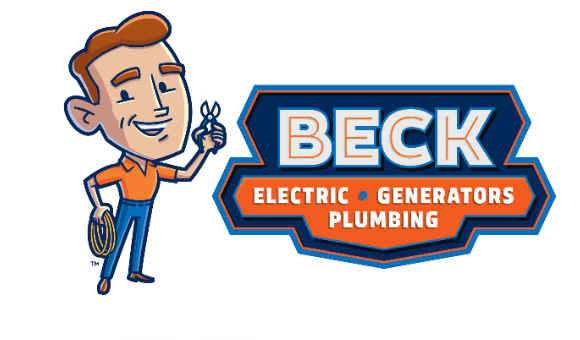Every year thousands of people in Canton, Ohio, are affected by power outages. For this reason, many have opted to install electric generators. While it’s comforting to know that electric generators provide power when the electric grid goes down, it’s also good to understand how generators work.
What Is an Electric Generator?
Electric generators are machines that provide electricity when the electric grid is down. They come in residential and industrial models and are used to power homes, businesses, and farms when the primary power source is unavailable.
Electrical generators can be small enough to be portable and used in camping or for hobbies or large enough to keep factories, hospitals, and office complexes functioning. Generators can use gas, propane, diesel, and a combination of fuels as power sources.
Do Generators Create Electricity?
Generators do not create electricity. They take chemical or mechanical energy and then convert that into electric energy. It takes the power of motion and transforms that into electrical energy by causing electrons from an external source to travel through an electrical circuit. A generator is a motor that functions backward.
An example of a massive generator system is the one found at the Hoover Dam. The Hoover Dam generates around 4 billion kWh of energy annually by transforming the power from rushing water into electrical energy.
Smaller residential generators will use propane, diesel, or gas to create mechanical power forced through the circuits inducing an electrical current. When an electrical current is made, it is guided through copper wires and used to power devices, machines, or a complete electrical system.
The principle of electromagnetic induction, pioneered by Michael Faraday, is the key to the function of modern generators. Faraday realized that if a conductor moves within a magnetic field, it will create electrical charges that can be directed to generate a flow of current.
When you strip a generator down to its essential functions, it’s an electrical magnet. When you move a wire close to an electrical magnet, you can direct the energy flow. It is comparable to how you can use a pump to push liquid through a pipe, controlling its flow direction.
What Are the Parts of an Electrical Generator?
The basic components generator uses to produce electricity are:
- Fuel system
- Engine
- Alternator
- Voltage regulators
- Cooling and exhaust systems
- Lubrication system
- Battery
- Skid
- Control panel
- Enclosure
The Fuel System
The fuel system takes the supplied fuel source and converts it into chemical energy. The chemical energy is then converted into mechanical energy and finally into an electrical output.
The Engine
The engine is where chemical energy is converted to mechanical energy. The size of the generator engine, represented in horsepower, will determine how much electricity the generator can produce.
Alternator
The alternator is where mechanical energy is turned into electricity. The two primary components of an alternator are the stator and rotor. It is stationary and houses the electrical conductors wound together around an iron core. The rotor moves and creates a magnetic force that moves the electrons, creating electricity.
Voltage Regulators
These devices within the generator maintain constant voltage levels, and they keep the alternating current at the right voltage level range by stabilizing output voltage to prevent voltage fluctuations.
Cooling and Exhaust Systems
Generators create a tremendous amount of heat. The cooling system regulates the generator, preventing it from overheating. Generators will use a liquid-cooled or air-cooled system.
Lubrication System
As with any moving machinery that uses levers and gears, generator parts generate friction. The lubrication system allows these parts to move easily while creating a thin barrier separating the generator’s internal components.
Battery
The battery gives the generator the power it needs to start up during a power outage. Some generators will have two batteries in case the primary one fails.
Skid
The skid has a twofold purpose. Primarily, it holds the generator parts and components. Its secondary purpose is to be the base of the generator.
Control Panel
This group of components displays information about the generator, including voltage, frequency, and parameters. It can be a combination of gauges, meters, switches, or buttons designed to ensure the generator operates appropriately.
Enclosure
The enclosure allows the machine to run quietly and protects the generator from external forces. Weatherproof enclosures are suitable for devices stored outdoors where sound attenuating enclosures work well indoors by reducing the sound produced by the generator.
Work with the Top Commercial Electricians in Canton
When you need generators, electrical work, or plumbing, Beck Electric, Generators & Plumbing has you covered. The goal of our family-owned business is to provide the best services to our customers. We have received awards like Power Pro Elite Plus and Angie’s List/Home Advisor Elite Service Badge. We are part of NECA and work in commercial and residential settings.
Our services include residential and commercial generators, residential and commercial electrical installation, inspection, replacement, and maintenance, as well as boiler, dishwasher, and garbage disposal installation. Contact Beck Electric, Generators & Plumbing today to see why we are so highly respected.






